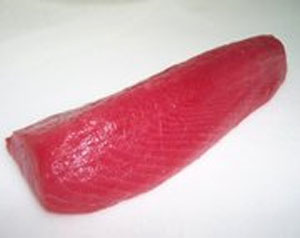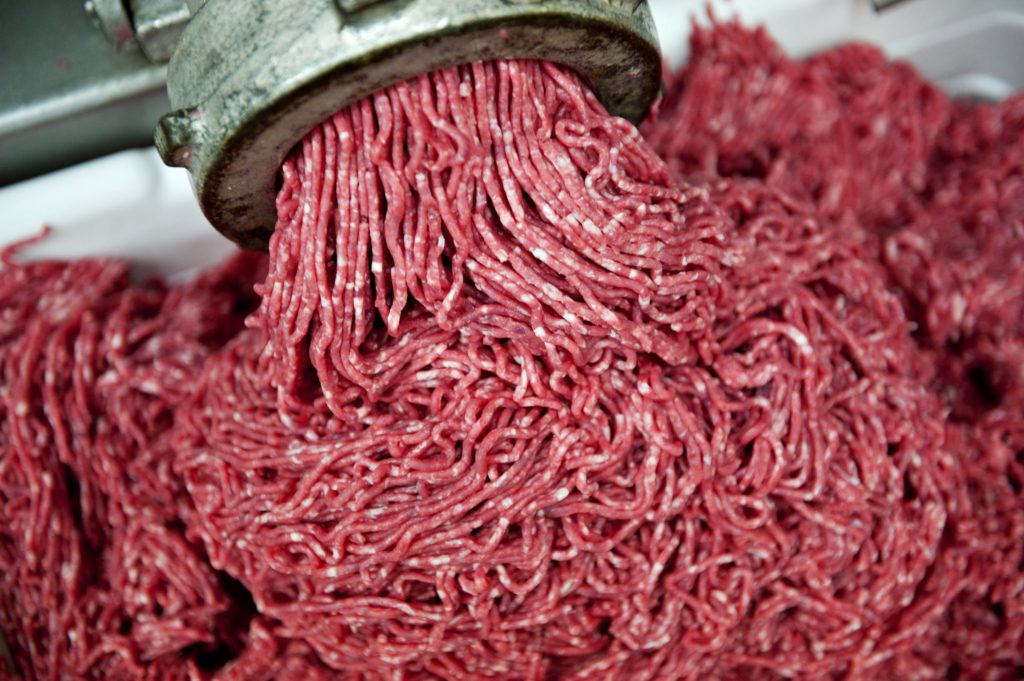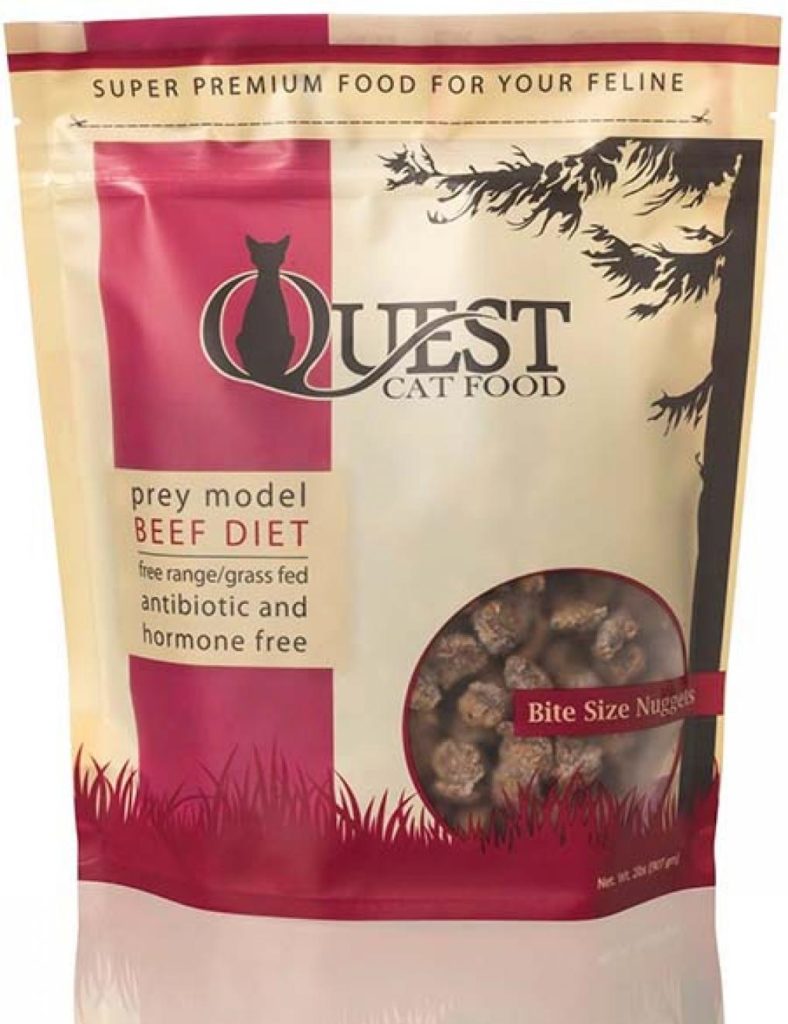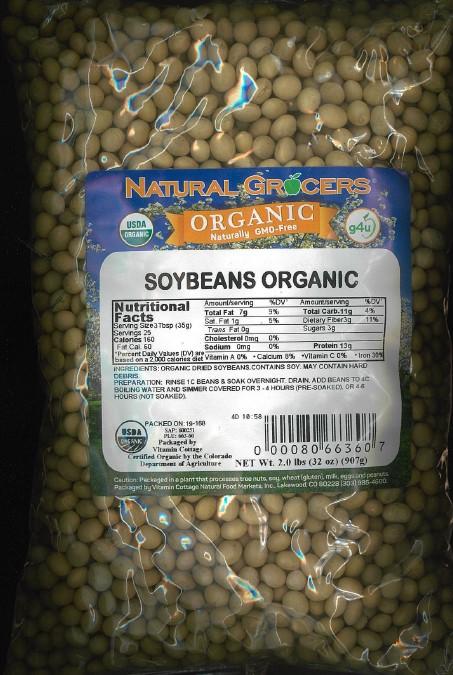The FDA and state health authorities investigated scombrotoxin fish poisoning linked to yellowfin tuna (sometimes called ahi tuna). As a result of this investigation, FDA has placed Truong Phu Xanh Co, LTD of Vietnam, on Import Alert. The detained product will not enter the United States unless the importer proves that it meets U.S. food safety standards. FDA asked Truong Phu Xanh Co., LTD, to initiate a voluntary recall of all of its imported yellowfin tuna with production dates from January 2019 to the present. At this time, the firm has not recalled any product. The investigation has identified 47 illnesses of scombrotoxin fish poisoning that occurred between August 8, 2019, and October 15, 2019. Multiple samples have been collected and analyzed; with positive results for decomposition or high histamine levels in products imported from Truong Phu Xanh Co., LTD. While recalls were conducted at various points in the supply chain, additional products may still on the market that could cause illness. Truong Phu Xanh Co., LTD as identified as the common supplier of tuna that was likely consumed by most of the ill people. Because scombrotoxin fish poisoning causes temporary or medically reversible adverse health consequences this incident did not meet the threshold for the use of FDA’s mandatory recall authority. @ https://www.fda.gov/food/outbreaks-foodborne-illness/investigation-scombrotoxin-fish-poisoning-linked-yellowfinahi-tuna-fall-2019
ruth
FDA recommends discarding or destroying yellowfin tuna imported from Truong Phu Xanh Co., LTD with production dates in 2019
ruth
The U.S. Department of Agriculture’s Food Safety and Inspection Service (FSIS) announced that Central Valley Meat Co., Inc. (Hanford, CA) recalled approximately 34,222 pounds of ground beef products due to potential contamination with Salmonella Dublin. The ground beef items were produced on July 23, 2019. These items were shipped to retail locations in California. FSIS was notified of an investigation of Salmonella Dublin illnesses on September 9, 2019. Working in conjunction with the Centers for Disease Control and Prevention (CDC), and state and local public health partners, FSIS determined that there is a link between ground beef products from Central Valley Meat Co., Inc., and this illness cluster. The traceback investigation indicated that a case-patient consumed ground beef produced by Central Valley Meat Co., Inc. Based on epidemiological investigation, 10 case-patients have been identified in 6 states with illness onset dates ranging from August 8, 2019, to September 22, 2019. @ https://www.fsis.usda.gov/wps/portal/fsis/topics/recalls-and-public-health-alerts/recall-case-archive/archive/2019/recall-113-2019-release
Central Valley Meat Co., Inc., a Hanford, Calif. establishment, is recalling approximately 34,222 pounds of ground beef products that may be contaminated with Salmonella Dublin.
ruth
Go Raw, LLC, of Cottonwood Utah is recalling 2lb. frozen bags of “Quest Beef Cat Food” because they may be contaminated with Salmonella. The affected products were nationally distributed through retail stores. No illnesses have been reported to date in connection with this recall. Go Raw initiated the recall after it got notification by the Minnesota Department of Agriculture of a sample was collected and tested positive for Salmonella. The firm did conduct its own test which resulted in a negative result. Salmonella is not evenly distributed throughout a lot, which is why it could have been found on a small sample that the Minnesota Department of Agriculture took. @ https://www.fda.gov/safety/recalls-market-withdrawals-safety-alerts/go-raw-llc-recalls-one-lot-quest-beef-because-possible-salmonella-health-risk
Go Raw, LLC, of Cottonwood Utah is recalling its 2lb. frozen bags of “Quest Beef Cat Food” because they may be contaminated with Salmonella.
ruth
The FDA announced on their website that Vitamin Cottage Natural Food Markets, Inc., from Lakewood, Colorado, is recalling Natural Grocers brand 2-pound Organic Soybeans because they have the potential to be contaminated by molds. The recalled product is packaged in clear plastic bags weighing 2 pounds and bearing the “Natural Grocers” label. The contamination was noted after routine testing by Natural Food Markets revealed the presence of mold. Production of the product has been suspended while the Food and Drug Administration and the company continue their investigation into the source of the problem. The product was distributed to 154 Natural Grocers’ stores located in Arkansas, Arizona, Colorado, Iowa, Idaho, Kansas, Louisiana, Minnesota, Missouri, Montana, Nebraska, Nevada, New Mexico, North Dakota, Oklahoma, Oregon, Texas, Utah, Washington, and Wyoming. @ https://www.fda.gov/safety/recalls-market-withdrawals-safety-alerts/natural-grocers-issues-recall-organic-soybeans-due-mold?utm_campaign=Natural%20Grocers%20Issues%20Recall%20on%20Organic%20Soybeans%20Due%20to%20Mold&utm_medium=email&utm_source=Eloqua
Vitamin Cottage Natural Food Markets, Inc., a Lakewood, Colorado-based natural grocery chain, is recalling Natural Grocers brand 2-pound Organic Soybeans becaus




